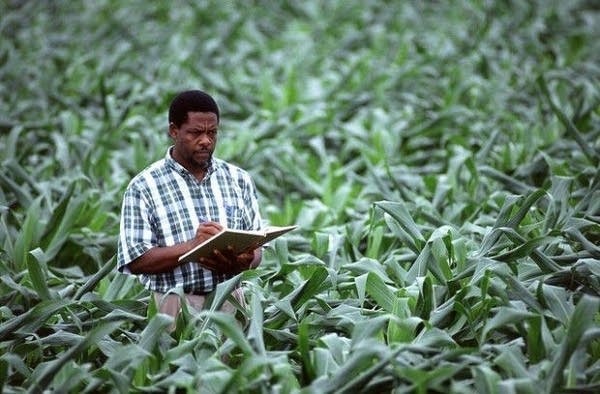The 20 most useless college degrees

This list of the most useless college majors by The Daily Beast will likely irritate supporters of arts and the humanities -- and offer an opportunity to gloat for those who see a college education merely as a ticket to a good job.
At the top, of course, is the obvious: journalism, where jobs like mine dwindle even as the Internet grows.
But chemistry?
And here's a doozy for the U:
Create a More Connected Minnesota
MPR News is your trusted resource for the news you need. With your support, MPR News brings accessible, courageous journalism and authentic conversation to everyone - free of paywalls and barriers. Your gift makes a difference.
3: Agriculture
Median starting salary: $42,300
Median mid-career salary: $59,700
Change in number of jobs, 2008-2018: -9,100
Percentage Change in number of jobs, 2008-2018: -0.88
Undergraduate field of study: Agriculture and natural resources
Number of students awarded degrees 2008-2009:: 24,988
Here's the full list:
Journalism
Horticulture
Agriculture
Advertising
Fashion design
Child and family studies
Music
Mechanical engineering technology
Chemistry
Nutrition
Human resources
Theater
Art history
Photography
Literature
Art
Fine arts
Psychology
English
Animal science
You can check out the whole list in this slideshow.
Here's how The Daily Beast compiled its ranking of the most useless college majors:
To find the most useless degrees college students can get with their four years and hundreds of thousands of dollars, we wanted to know which majors offer not only the fewest job opportunities, but those that tend to pay the least. The Daily Beast considered the following data points, weighted equally, with each degree’s numbers compared to the average for each category, to achieve a categorical comparison that accounts for differentiation from the mean. Data are from the U.S. Bureau of Labor Statistics and Payscale:
• Starting and mid-career salary levels, using the profession most associated with the degree.
• The expected change in the total number of jobs from 2008-2018.
• The expected percentage change in available jobs from 2008-2018.